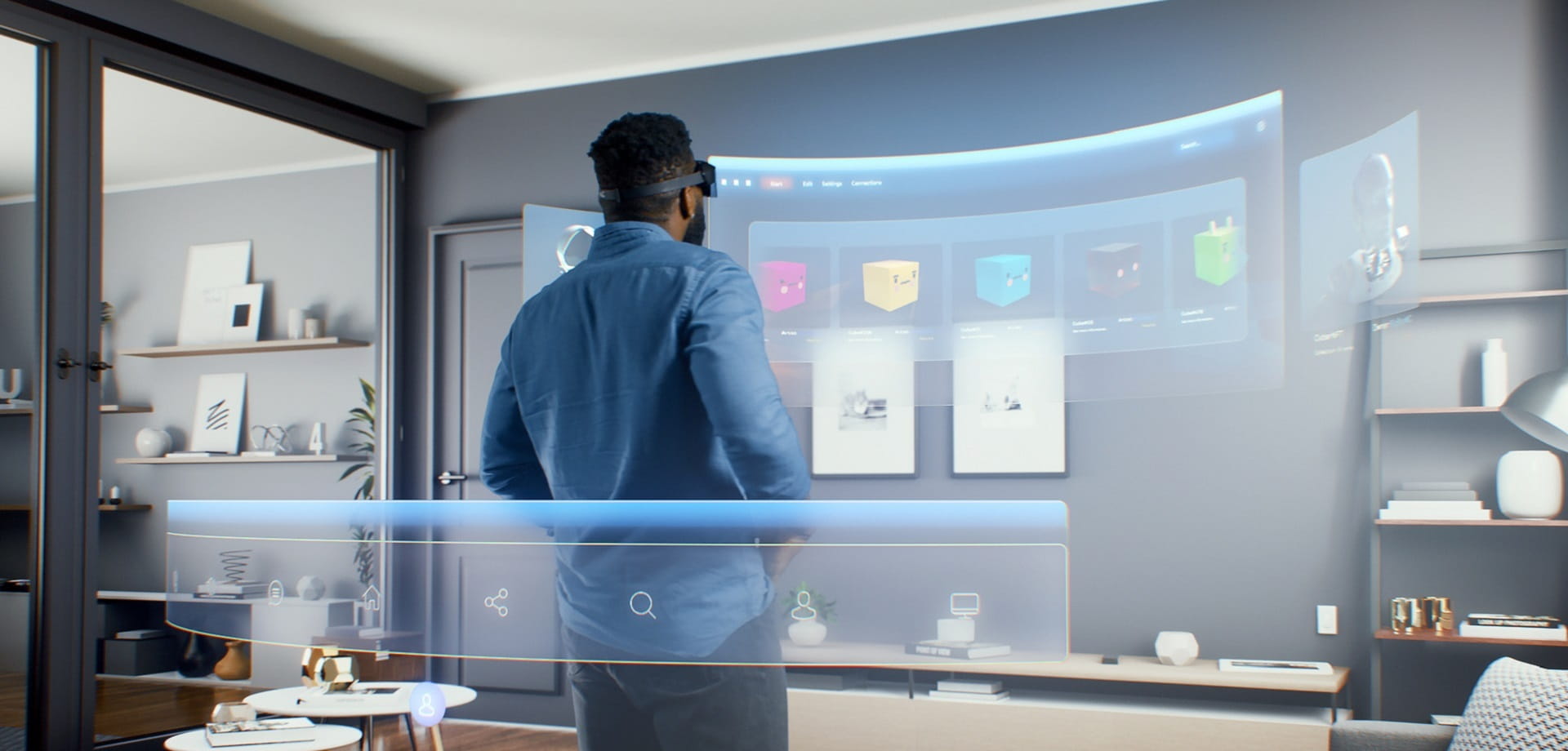Embracing Disruption
The metaverse: is it real?

We think standard definitions of the metaverse underplay its disruptive and transformative potential. By seamlessly integrating “real” life and digital worlds, it creates a new level of interconnectivity – and major new opportunities for investors.
Key takeaways
- Our take on “disruption” is that changes facilitated by new technologies will reverberate far beyond the tech sector into every corner of our lives – and the metaverse is a prime example of this trend
- As we increasingly embrace digital worlds – from online gaming to video calls – the metaverse represents a new frontier of seamless interconnectivity between digital and physical spheres
- With people growing increasingly comfortable with “real life” going digital, the total aggregate revenues of companies in the metaverse could reach USD 25-30 trillion by 2040
- As the metaverse offers increasing interoperability of “real life” and digital worlds, it will also encompass traditionally non-digital industries, creating multiple opportunities for investors
The metaverse is the product of decades of digitalisation
Digital natives are a growing demographic cohort
Future drivers of sustainable fixed income solutions for investors to consider
Prior to the digital evolution, our attention was solely focused on the physical world, but with the advent of television, followed by computers and mobile phones, we divert more and more attention to digital worlds, and we expect this trend to continue. With this shift in attention to digital worlds, we have seen many physical-world concepts manifesting themselves in digital worlds. To give a few examples:
- Remote work was embraced during the Covid-19 pandemic. One video conferencing service now hosts 3.3 trillion minutes of video calls on an annual basis.
- In-real-life (IRL) friends became online communities on established and new social networks, some of which enjoyed exponential growth in the preceding decade.
- The cameraderie once found in five-a-side soccer or little league baseball is now found in online multiplayer games, with platforms that host tens of millions of users daily.
- Augmented reality (AR) filters are the new makeup. Is it important to conform to conventional definitions of “beautiful” in real life when you can use a new filter on social media?
- Money and property have migrated to the digital worlds via cryptocurrencies and non-fungible tokens (NFTs)
Move over, Web 2.0 – the metaverse and Web 3.0 are next
Just as Web 2.0 represented a giant leap forward for the internet with the advent of social networking and cloud computing, Web 3.0 looks to offer a new level of interconnectivity based on blockchain technology – and it is one of the foundation stones of the metaverse. The combination of Web 3.0 and the metaverse is expected to deliver on several key themes:
- Interoperability between digital and physical worlds as a common public ledger in the blockchain enables physical-world interaction with digital assets like non-fungible tokens (NFTs) and cryptocurrencies, and digital interaction with physical assets like real estate
- Massive user scale capable of thousands of users interacting simultaneously
- A sense of presence as opposed to the limited means of interaction today
- New business models in which the creators/users are the owners rather than the product
The precursors to many of these changes are already underway, with significant investments committed by well-known tech behemoths into construction of a metaverse, cryptocurrencies and NFTs seeing rapid growth in use, videoconferencing becoming an everyday part of life, and AR filters making us all look better online. These represent just the beginning of the investment opportunities arising from this next wave of digital transformation.
What it means for investors: prepare for the metaverse “IRL”
How should investors capitalise on this theme? Initially we see potential opportunities to invest in companies creating Web 3.0 infrastructure, the application ecosystem built to utilise this infrastructure, and the digital worlds that emerge through these interoperable applications.
Taking a longer-term view, we believe that the metaverse will grow to encompass many non-digital industries. For example, it could help enable more efficient and trans¬parent maintenance of property records in real estate, streamline complex financial transactions via blockchain, and optimise supply chains in manufacturing and agriculture. That is why investors should draw on multiple, cross-industry perspectives to identify the winners in this environment.
Is the metaverse real? Yes, we think it is. As the divide between our “real” and digital lives diminishes, the metaverse is not some distant, faraway land. It is quite literally closer than you think – and so are the investment opportunities it offers.





